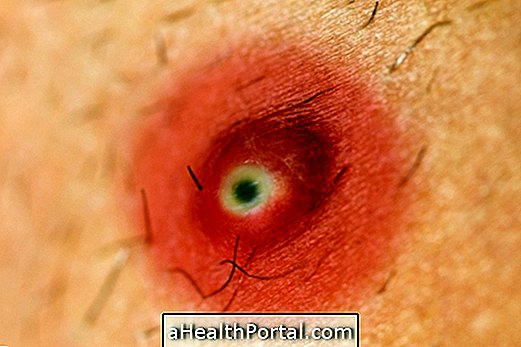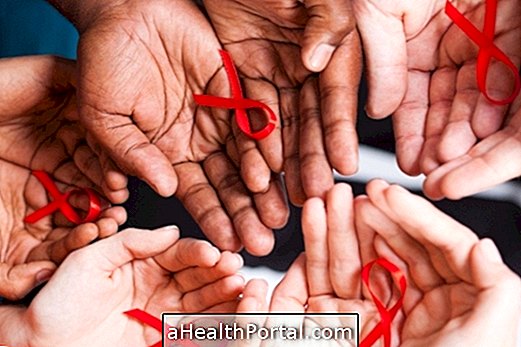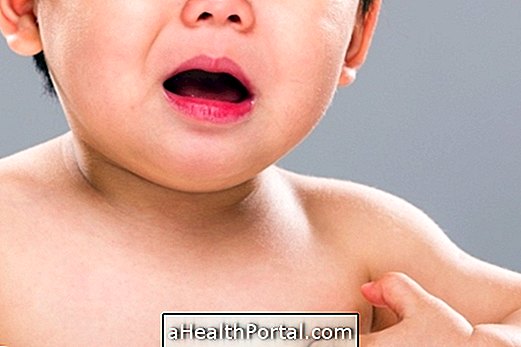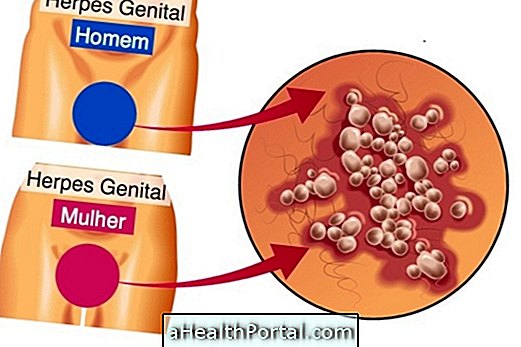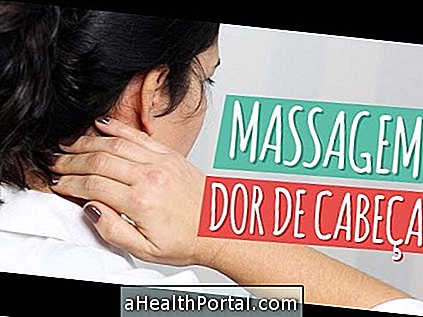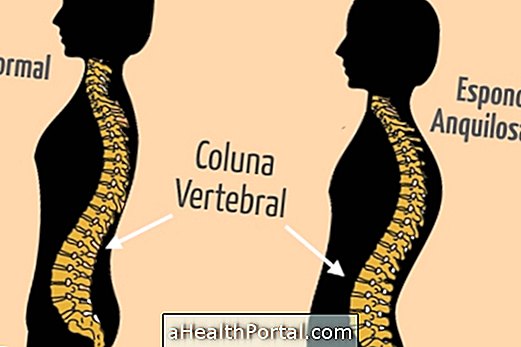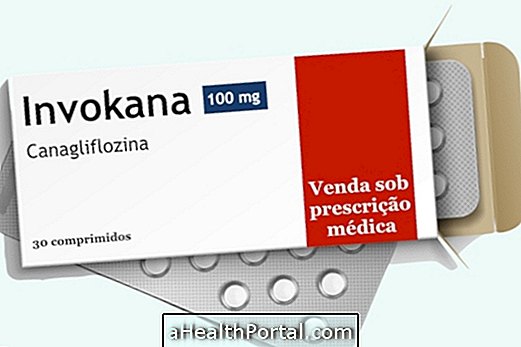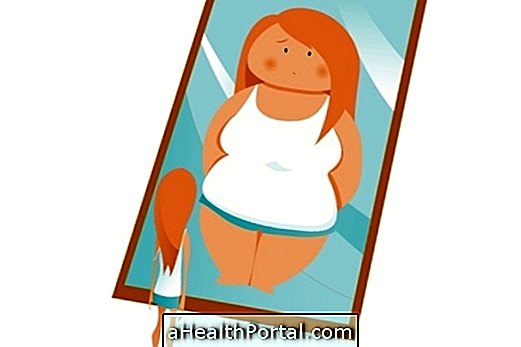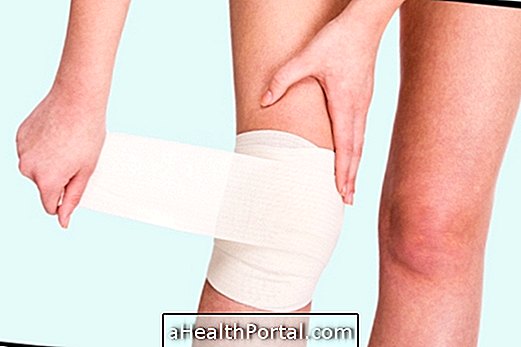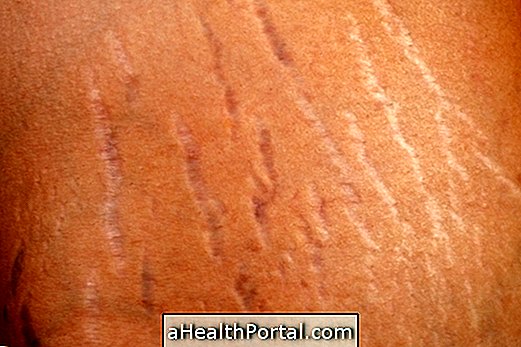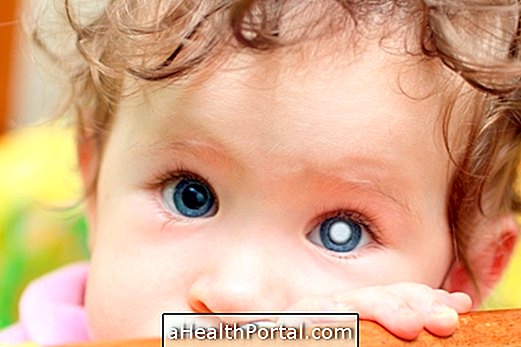Congenital rubella syndrome occurs in infants whose mother has had contact with the rubella virus during pregnancy and who has not been treated. The baby's contact with the rubella virus can lead to a number of consequences, especially with regard to its development, as this virus is capable of causing calcifications in some regions of the brain, in addition to deafness and vision problems, for example.
The baby with congenital rubella should undergo clinical treatments, surgeries and make rehabilitations in childhood to improve their quality of life. In addition, since the disease can be transmitted from person to person through respiratory secretions and urine for up to 1 year, it is indicated that it be kept away from other children who have not been vaccinated and begin attending the nursery from the first year of life or when doctors indicate that there is no further risk of transmission of the disease.
The best way to prevent rubella is through vaccination, and the first dose should be given at 12 months of age. In the case of women who want to become pregnant but who have not been vaccinated against rubella, the vaccine can be taken in a single dose, however, one should wait about one month to get pregnant, since the vaccine is made with the virus attenuated. Learn more about the rubella vaccine.
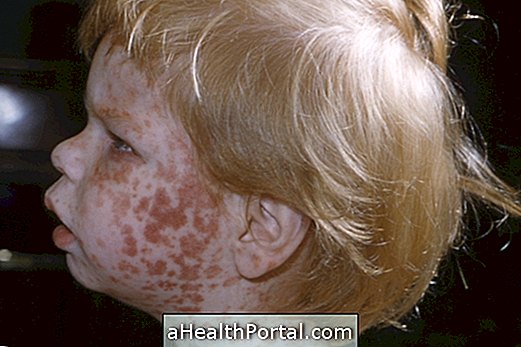
Signs of congenital rubella
Congenital rubella can be diagnosed even during pregnancy or after birth from the observation of some physical and clinical characteristics, since the rubella virus can interfere in the development of the baby. Thus, the signs of congenital rubella are:
- Hearing problems, such as deafness, for example, that can be identified through the ear test. Learn how the ear test is done;
- Vision problems, such as cataracts, glaucoma or blindness, which can be detected by examining the eyes. See what the blind test is for;
- Meningoencephalitis, which is inflammation in various areas of the brain;
- Purplish, which are small red spots that appear on the skin that do not disappear when pressed;
- Cardiac changes, which can be identified by ultrasound;
- Thrombocytopenia, which corresponds to a decrease in the amount of platelets.
In addition, the rubella virus can cause neuronal changes, leading to mental retardation, and even to the calcification of some areas of the brain and microcephaly, whose limitations may be more severe. The child can also be diagnosed with other changes, such as diabetes and autism, up to age 4, and it is therefore necessary for him to be accompanied by several doctors to establish the best form of treatment.
The greatest complications and deformities are observed in children whose mothers were infected in the first trimester of pregnancy, but even if the pregnant woman is contaminated in the final stages of pregnancy, the rubella virus can contact the baby and lead to changes in its development .
How is the diagnosis made?
The diagnosis of congenital rubella is even during pregnancy, by dosing rubella antibodies present in the mother's blood or by isolating the virus in the amniotic fluid, which is the liquid that protects the baby.
Rubella serology should be done in the first trimester of pregnancy, along with other essential tests, and may be repeated if the woman has Rubella symptoms or has been in contact with people with the disease. See what tests the pregnant woman needs to do.
If the diagnosis of congenital rubella has not been made during pregnancy and the mother had infection with the virus, it is important that the pediatrician accompany the child, observing possible delays in its development.
How to treat
Treatment of congenital rubella varies from child to child, as the symptoms are not the same for all babies with congenital rubella.
Complications of congenital rubella are not always curable, but clinical, surgical, and rehabilitative treatment should be started as soon as possible so that the child can develop better. Thus, these infants should be accompanied by a team consisting of pediatricians, cardiologists, ophthalmologists and neurologists, and should perform physiotherapy sessions to improve their motor and brain development, and may often need help walking and feeding, for example.
To relieve symptoms the doctor may also indicate the use of analgesics, fever remedies, non-steroidal anti-inflammatory drugs and immunoglobulins.
